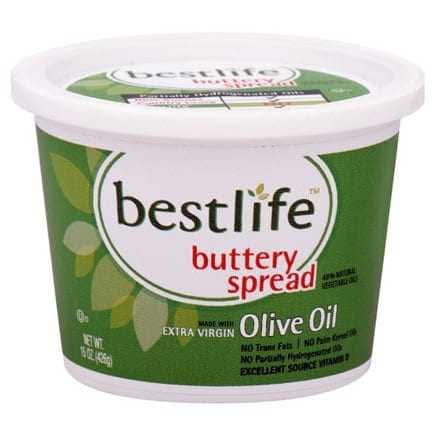Have olive oils become a major commercial decoy for the food industry?
Fortunately, right now nobody questions the numerous health benefits of olive oil, and extra virgin olive oil in particular. In line with this reality, the food industry has been strongly investing in the inclusion of this product in its repertoire for some years now. By doing so, it aims to satisfy the demands of its consumers as a whole, who are increasingly demanding healthier food products.

Proof of this lies in the labels that are more and more common in supermarkets in which this ingredient is explicitly mentioned, either in the form of images or graphic representations of olives, oil cruets or any other motif reminiscent of olive juice.
In this sense, to avoid any confusion among consumers, the labelling of all products that include olive oils are currently regulated by the Commission Implementing Regulation (EU) nº 29/2012. This text stipulates that, when a company highlights the use of olive oils, outside the list of ingredients, this datum must be accompanied by the percentage used in relation to the total net weight of the food product in question. If it prefers, the business may replace this information with the percentage of the olive oil added in relation to the total weight of the fat content, which should be indicated under: “percentage of fat content”.
This regulation is applicable to all food products that include olive oil, with two exceptions: tuna and sardine preserves. In the former case, the Council Regulation (EC) nº 1536/92 establishes that the olive oil may only be highlighted on the label if it is the only fat type used. That is, it may not at any point have been mixed with any other type of edible fat. The same applies to the sardine preserves which, in their case, are regulated by Council Regulation (EC) nº 2136/89.
What differentiates virgin olive oils from the extra virgins?
Commission Implementing Regulation (EU) nº 29/2012 defines extra virgin as a “superior category olive oil obtained directly from the olives and only using mechanical procedures”. For its part, this same document refers to virgin olive oil as that “obtained directly from the olives and only using mechanical procedures”.
If we look closely, we see that between one description and the other, there is just one small difference. In the first case, the extra virgin is defined as “superior category”, a quality which in reality, is the only thing that differentiates it from the virgin olive oils.
It is clear that both are juices squeezed directly from the olives, but this does not explain what limits are applied to determine its corresponding categories. The differentiation, in this case, is determined by a chemical and a sensorial analysis.
In this sense, the chemical analysis serves to establish the free acidity in the oil. In its Council Regulation (EC) Nº1513/2001, the European Union establishes that the extra virgin olive oils may have a maximum free acidity of 0.8 g per 100 g, while the virgins may reach 2 g per 100 g. According to this criteria, all oils surpassing the 0.8gr are known simply as virgin oils.
However, a low acidity index does not automatically indicate that the oils are always extra virgin. In accordance with Council Regulation (EC) nº 640/2008, to determine their classification they must be subjected to a sensorial analysis to verify the absence of defects and the presence of the fruity attribute. Those oils in which barely perceptible sensorial defects are detected and those in which the fruity attribute is practically absent, will be deemed virgin oils.
Olivarama articles also appear in Olivarama magazine and are not edited by Olive Oil Times.



